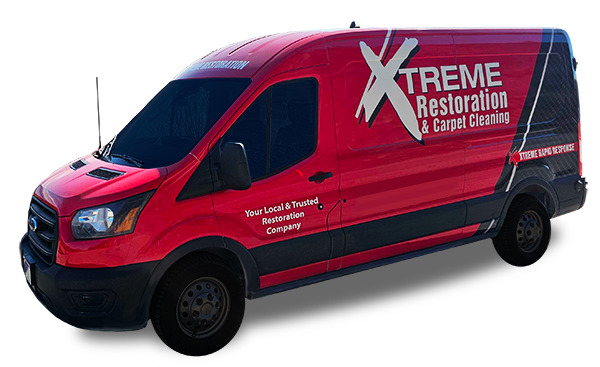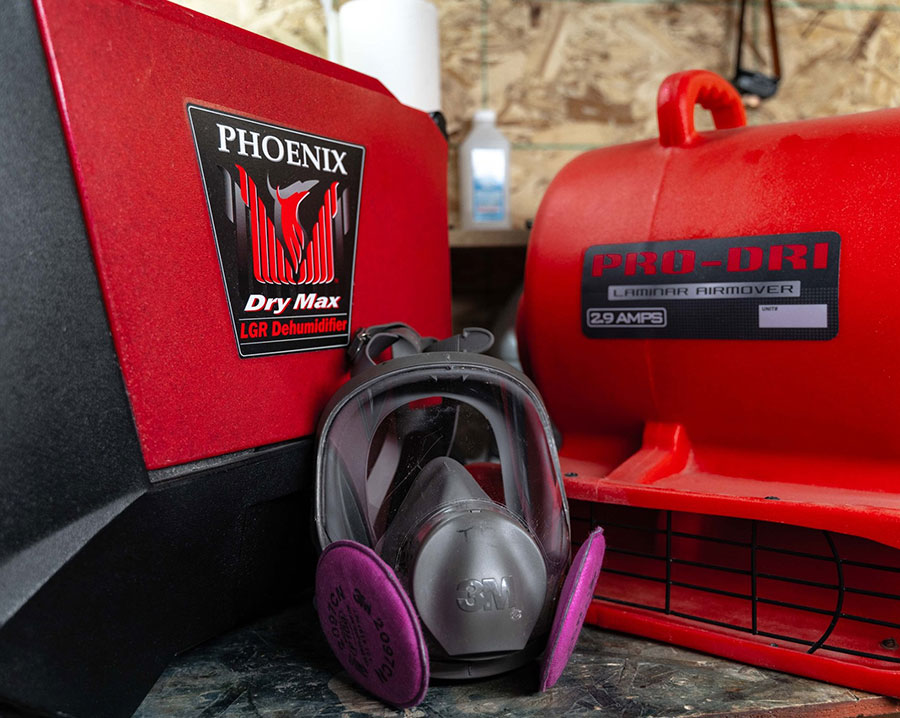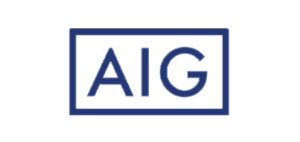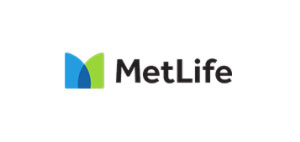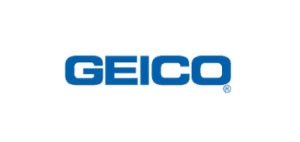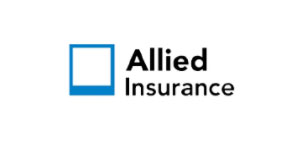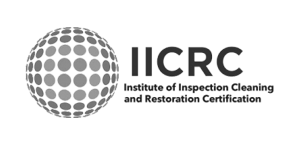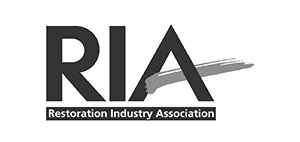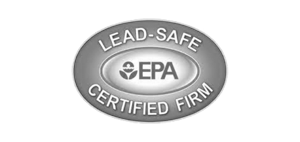Did you know mold can start growing in just 24 to 48 hours in the right conditions? This fact shows how urgent it is to tackle mold in homes across the U.S. Mold loves dark, damp places, making bathrooms and basements perfect spots for it to grow. Not all mold is dangerous, but toxic types can be very harmful and expensive to fix. That’s why quick action and expert help are key to avoiding health risks and keeping property value up.
However, it’s good news that houses with mold can often be fixed. Homeowners who act fast and get professional help can protect their health and even boost their home’s value. Finding mold during a property check-up has also helped buyers and sellers negotiate lower prices. This shows that with the right steps, a moldy house can be made safe and valuable again.
Key Takeaways
- Mold can begin to thrive within 24 to 48 hours in moist conditions.
- Dark, damp spaces like bathrooms and basements are common areas for mold infestation.
- Not all mold is hazardous, but toxic varieties pose significant health risks of mold.
- Prompt mold remediation is crucial to both property restoration and maintaining property value.
- Professional inspection and treatment can make it possible to save a mold-infested house.
Understanding Mold in Homes
Mold is common in homes, appearing in many colors and shapes. With over 100,000 types, many species live indoors. It’s key to spot and act fast to prevent damage.
Many mold species can grow without being seen, hiding under carpets or in walls. This makes it hard to catch unless you look closely. That’s why getting a mold inspection is so important.
Some mold types are harmful to our health. Toxic mold can make the air inside our homes unhealthy. Hidden mold in HVAC systems is a big problem because it can spread spores everywhere.
This can cause more mold to grow and make health issues worse. Dealing with it becomes harder too.
Health Risks Associated with Mold
Living in a moldy home can cause health problems, especially for those who are sensitive. People may get allergies from mold, leading to stuffy noses, sneezing, and itchy eyes. These symptoms can be mild or severe, based on how sensitive someone is and how much mold they breathe in.
Respiratory infections are a big worry for those around mold. Mold spores can get into the lungs, causing infections, especially in people with weak immune systems. Symptoms include coughing a lot, wheezing, and trouble breathing.
Mold can also lead to asthma, especially in kids and the elderly. Being around mold can make asthma worse, causing more attacks and needing more medicine. In some cases, mold can even start asthma in people who never had breathing problems before.
People with health issues or weak immune systems face bigger risks from mold. For them, mold can make health problems worse and even be life-threatening.
Conducting a Professional Mold Inspection
Getting a professional mold inspection is key to checking for mold in a property. Experts use special tools and methods to find mold in hidden spots. They look in places like attics, basements, and crawl spaces where mold likes to hide.
An important part of this check is HVAC mold detection. Mold can get into HVAC systems and spread spores all over the house. Finding mold in these systems early stops big contamination and lowers health risks from mold spores.
- Identification of Mold Type: Different mold types are more or less risky and need different ways to be cleaned up.
- Determining Contamination Extent: A detailed mold contamination assessment shows how bad the mold problem is, from just on the surface to deep inside.
- Inspection of Hidden Areas: Experts can get into places not usually checked, making sure no mold is missed.
For people buying a home, getting a detailed mold contamination assessment helps a lot. Knowing how much mold damage there is can help in negotiating the price, getting a lower price, or even backing out if the mold is too much to fix. So, a professional mold inspection is a key step in making smart choices about buying property.
Remediation Techniques to Save a Mold-Infested House
Fixing a mold problem in a house requires a detailed plan. It starts with removing mold and then fixing the issues it caused. This process involves steps tailored to the specific mold problems found.
- Inspection and Planning: First, inspect the home to find all mold spots. Then, make a detailed plan to tackle the mold and its effects.
- Material Removal: Next, get rid of materials with mold, like carpets, drywall, and insulation. This stops mold spores from spreading.
- Mold-Resistant Treatments: Use treatments that stop mold from growing on surfaces. Apply mold-resistant products and sealants to protect against future mold.
- Moisture Control: Fix any leaks and dampness to keep the house dry. Moisture is a key factor that makes mold grow.
- Structural Repairs: Repair any damage caused by mold. This might mean rebuilding walls, fixing foundations, or replacing moldy wood to make the house safe again.
By using these steps, you can turn a moldy house into a safe place to live. Doing these repairs right keeps the house and its people healthy for a long time.
Costs Involved in Mold Remediation
The cost of removing mold can change a lot. It depends on how bad the mold is and what areas it covers. For small problems, you might be able to fix it yourself, which can save money. But big mold issues usually need experts, costing from a few hundred to several thousand dollars.
When thinking about mold removal costs, remember to consider extra expenses that might show up. These could be fixing structures, replacing damaged materials, or more treatments to get rid of all the mold.
Getting a detailed mold inspection early on is key. It helps find out how much mold there is. This way, people living in or buying a house can plan better. They can avoid big costs later and keep their property’s value from going down because of mold.
- Minor mold issues: Cost-effective mold solutions often suitable for DIY.
- Professional remediation: Can range from hundreds to thousands of dollars.
- Hidden costs of mold damage: Include structural repairs and additional treatments.
Knowing about mold removal costs helps in making smart choices about dealing with mold at home. It ensures your health and wallet stay safe.
Can a house with mold be saved?
Dealing with mold in a home is key for health and money reasons. With the right treatment, a moldy house can be fixed. Real estate deals often see a drop in value because of mold, but fixing it can help restore the value.
Buyers and sellers need to understand the value of professional mold removal. This step includes finding and fixing the water problems that cause mold. Fixing these issues is crucial to stop mold from coming back.
In real estate deals with mold, being open and honest is vital. Real estate experts and homeowners must deal with mold issues fully. By doing so, mold treatment not only removes health risks but also helps bring back the property’s value. This makes the home safe and valuable again.
Conclusion
Finding mold when buying a home can seem scary at first. But, learning about mold’s nature, risks, and how to fix it can really help. This article has shown that with the right knowledge and steps, a moldy house can be fixed and made safe again.
Getting professional help for mold checks is key to knowing how bad the problem is. This helps buyers make smart choices and sellers fix issues early. Experts give clear advice based on real facts about mold.
Working with good realtors and mold experts makes dealing with mold easier. Tackling mold early meets legal standards and keeps deals honest. By focusing on these steps, everyone involved can handle mold issues well. This ensures that buying homes is done with the right information, keeping homes safe and valuable.
